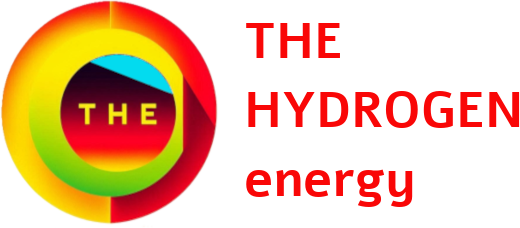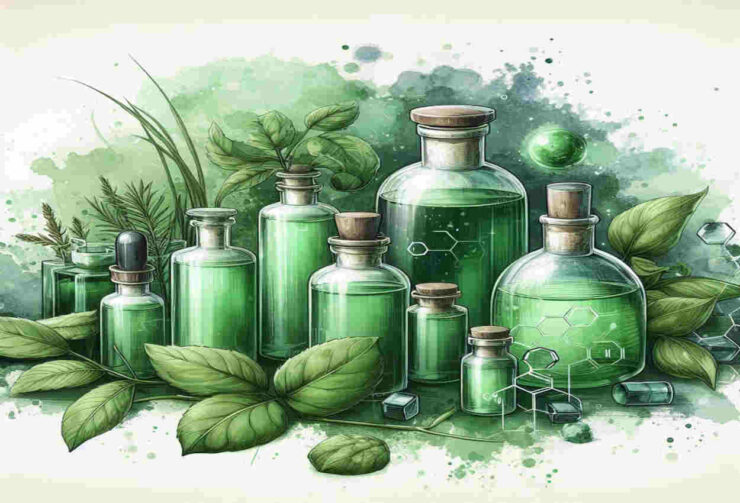Ammonia (NH3) basic characteristics, properties
Ammonia is the most abundant basic nitrogen compound produced commercially. It plays a crucial role in global food production by providing nitrogen for plant growth (through fertilizers). Ammonia has various industrial applications beyond fertilizers, including plastics, explosives, and refrigeration.
Chemical Formula: NH3
Physical Characteristics:
State: Gas (at room temperature and pressure)
Color: Colorless
Odor: Pungent, characteristic
Melting Point: -77.7 °C (-107.9 °F)
Boiling Point: -33.3 °C (-27.9 °F)
Density: 0.771 g/cm³ (at 0 °C and 1 atm)
Solubility: Highly soluble in water (forms ammonium hydroxide)
Toxic: Exposure to high concentrations of ammonia gas can irritate and damage the eyes, respiratory system, and skin.
Flammable: Yes, can ignite under specific conditions, requiring proper handling, storage, and ventilation. Burn in air within specific concentration ranges (16-25% by volume) under certain conditions.
Corrosive: Concentrated ammonia solutions can be corrosive to metals and tissues.
Detection: Ammonia can be detected remotely using spectroscopy techniques due to its distinct spectral signature in the infrared and microwave regions.
Chemical Characteristics:
Molecular Structure: Pyramidal structure with a lone pair of electrons on the central nitrogen atom. This lone pair contributes to its basicity and hydrogen bonding capabilities.
Acidity/Basicity: Weak base (accepts protons in aqueous solution)
Weak Base: Accepts a proton (H+) in aqueous solution (NH3 + H2O -> NH4+ + OH-).
Lewis Base: Can donate a lone pair of electrons for covalent bond formation.
Reducing Agent: Donates electrons readily in redox reactions.
Hygroscopic: Readily absorbs water vapor from the air, forming ammonium hydroxide (NH3 + H2O -> NH4OH)
Solvents: Liquid ammonia can dissolve various polar and non polar compounds.
Greenhouse gas: No, ammonia (NH3) is not directly considered a greenhouse gas. Ammonia does not absorb significant amounts of infrared radiation in the atmosphere, which is the primary mechanism by which greenhouse gases trap heat.
Production:
While small amounts are produced through natural processes, most commercially available ammonia is synthetically produced through the Haber-Bosch process.
Haber-Bosch Process: Dominant method, combining nitrogen (N2) and hydrogen (H2) under high pressure and temperature (around 500°C and 200 atm) with a catalyst (usually iron-based).
Natural Processes: Degradation of organic matter, volcanic activity, and biological nitrogen fixation by bacteria contribute a small amount of atmospheric ammonia.
Environmental Considerations:
Air Pollution: Ammonia emissions can contribute to fine particulate matter (PM2.5) and smog formation.
Water Pollution: Excess ammonia in water bodies can harm aquatic life due to eutrophication and oxygen depletion.
Greenhouse Gas Potential: While not directly a greenhouse gas, ammonia emissions can indirectly contribute to climate change by influencing nitrous oxide (N2O) formation. However, under certain conditions, ammonia in the environment can be converted to nitrous oxide (N2O) by bacteria. Nitrous oxide is a potent greenhouse gas, with about 265 times the heat-trapping potential of CO2 over a 100-year period.
Applications:
Fertilizers: The most significant use – precursor to various nitrogen-based fertilizers like ammonium nitrate and urea.
Industrial Chemicals: Building block for numerous industrial chemicals, including plastics (nylon, acrylonitrile), explosives (ammonium nitrate), and pharmaceuticals.
Refrigeration: Used in some industrial refrigeration systems due to its efficient heat transfer properties (ammonia absorption refrigeration).
Emerging Applications: Fuel source in some types of fuel cells (ammonia fuel cells), potential future hydrogen carrier (through cracking to H2).
Green Ammonia:
Research is ongoing to develop cleaner ammonia production methods, such as using renewable electricity for hydrogen production (Green H2) and using that green hydrogen for ammonia production.
This kind of produced ammonia is called a green hydrogen derivative. A derivative is something created from another substance. In this case, ammonia (NH3) is created with green hydrogen as a key ingredient. So, “green hydrogen derivative” highlights that ammonia is made using clean, eco-friendly green hydrogen, differentiating it from ammonia produced with fossil fuels.
This article is Copyright protected







Add comment